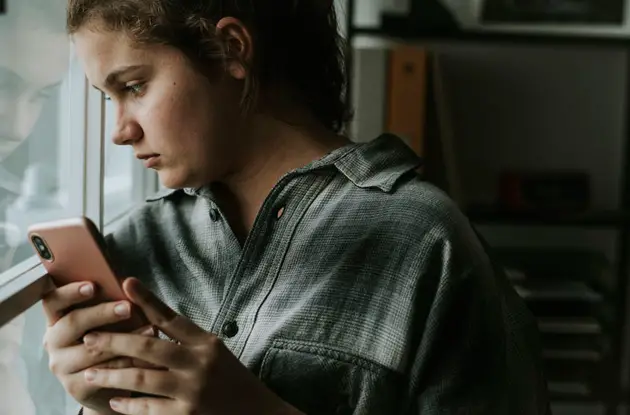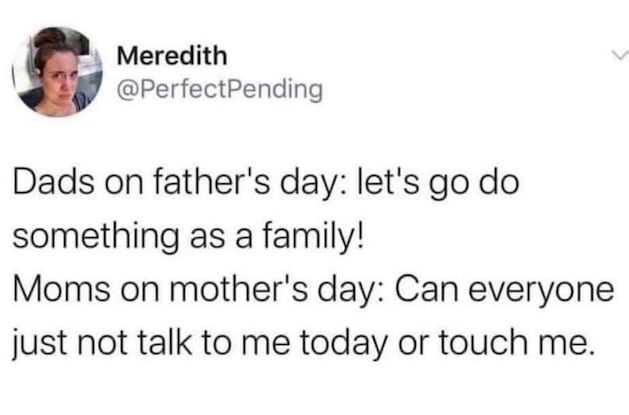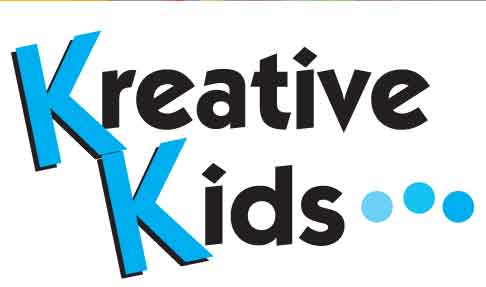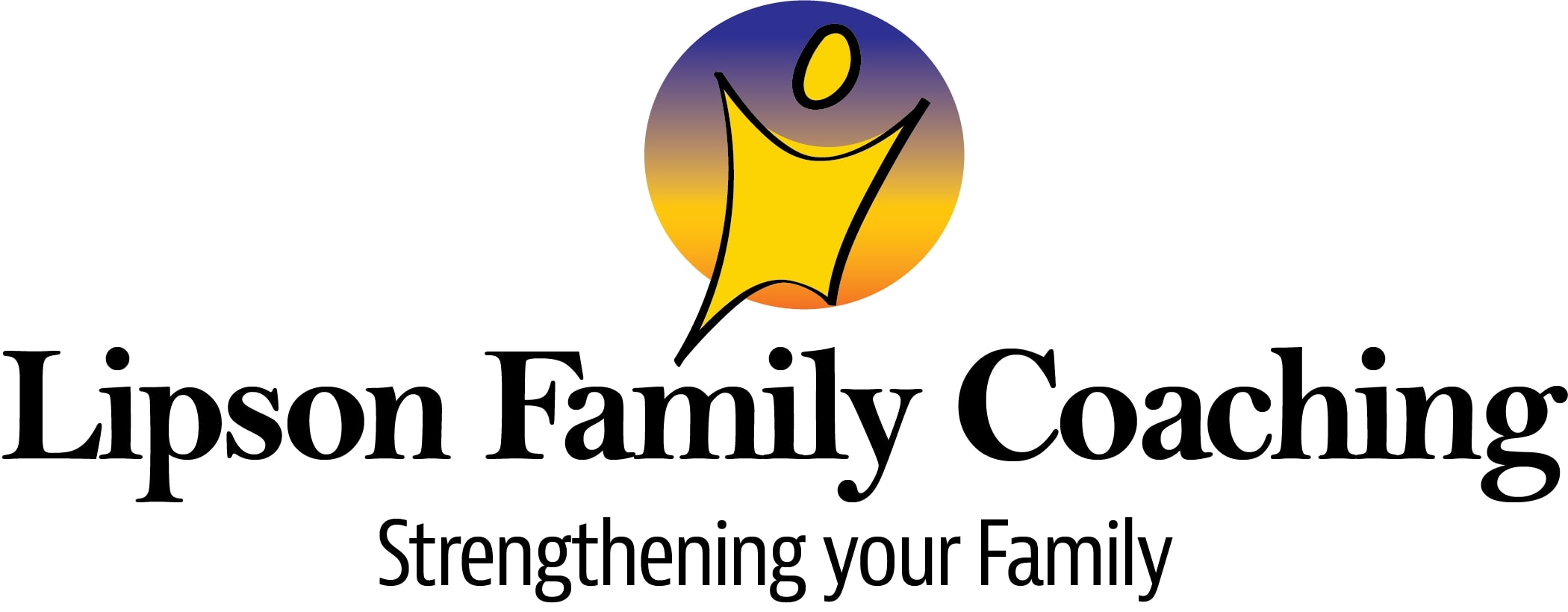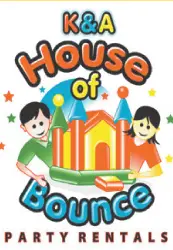Get the Best Winter Activities
Self-injury usually comes in two flavors. On the one hand, a cutter can be so depressed or anxious that she's numb to her own emotions; she doesn't feel anything. In that case, cutting gives her a sense of being alive-to feel the pain is to feel something. This is common in cases of sexual abuse or severe depression. On the other hand, a cutter may do it because she is overwhelmed by painfully severe anxiety or depression, and the physical pain she gets from cutting alleviates the negative emotion.
According to my colleague Dr. Jerry Bubrick, an expert on anxiety disorders, the primary trigger for cutting is perceived rejection: By a boyfriend, a peer group, a general feeling of being left out or criticized. Other common causes include anger, depression, fear, numbness, irritability, loneliness, traumatic memories, interpersonal conflict-and copycat behavior. Like watching a graphic YouTube video.
If the emotion is strong enough, any sharp implement, or more than one, will do: broken glass, knives, scissors, paper clips, pencils. And it's not uncommon for the cutter to carve self-deprecatory words into her skin: "ugly," "worthless," "bad."
So what can we as adults—parents, teachers, pediatricians, camp counselors—do to help? Watch for the signs. Risk factors include not just a history of psychiatric illness (such as an eating disorder) but a tendency toward perfectionism, frequent interpersonal conflict, impulsivity, and risk-taking behaviors. Often we'll see symptoms of depression, anxiety, or post-traumatic stress disorder in kids who are self-injuring.
Red flags include talking about self-injury, suspicious-looking scars, wounds that don't heal or get worse, cuts on the same place, increased isolation, possession of tools such as shards of glass, wearing long-sleeved shirts in warm weather, avoiding social activities, wearing a lot of band aids, and refusal to go into the locker room or change clothes in school.
And finally, what shouldn't we do if we find a child who is self-injuring? This is a child in pain. Do not make her feel worse by making her ashamed. Don't judge. Tell her you are there to listen and to get help. Chances are she wants to stop and doesn't know how.
And she's not going to learn that by watching a video.
Harold S. Koplewicz, M.D., the founding president of the Child Mind Institute in NYC and editor-in-chief of the "Journal of Child and Adolescent Psychopharmacology," is one of the nation's leading child and adolescent psychiatrists. He is widely recognized as an innovator in the field, a strong advocate for child mental health, and a master clinician.


